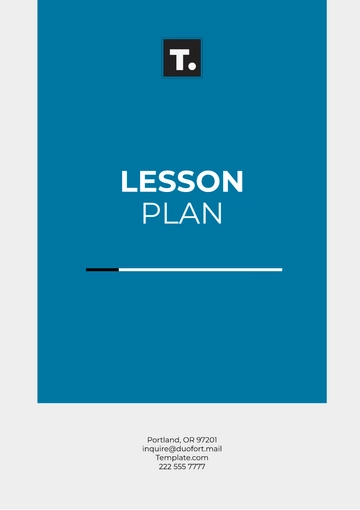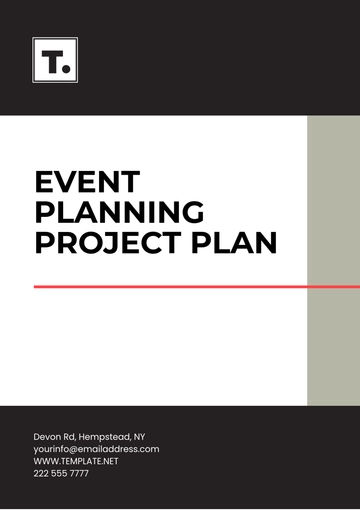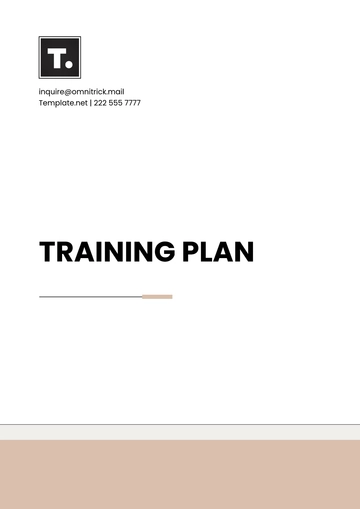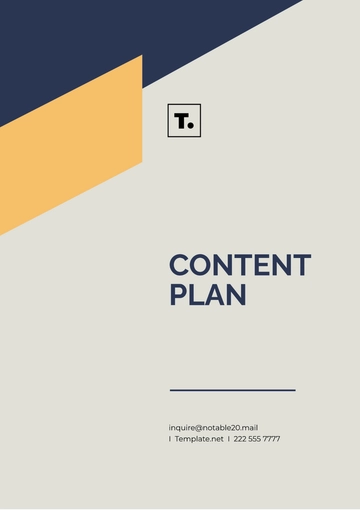Free Inventory Plan Brief
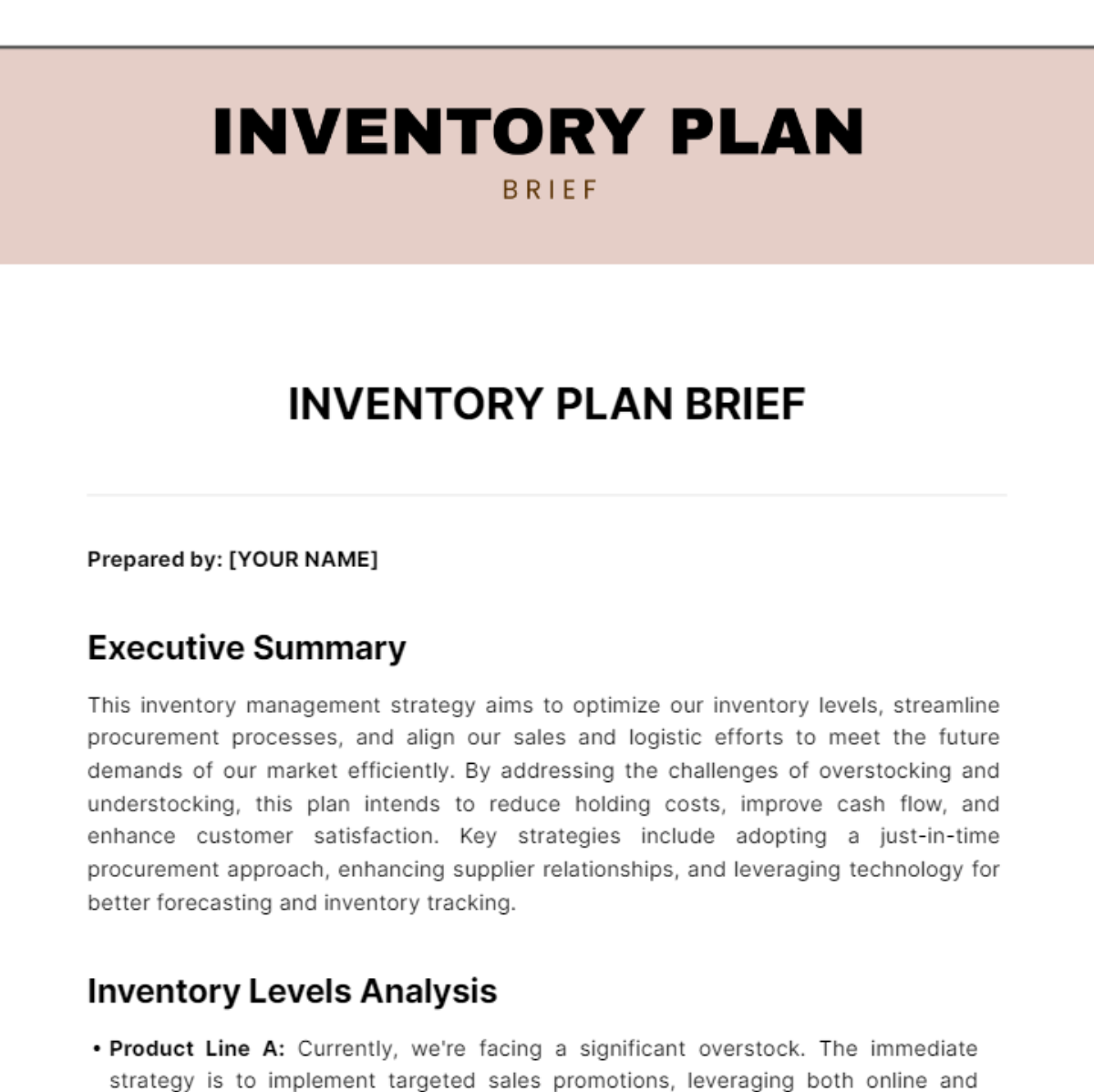
Prepared by: [YOUR NAME]
Executive Summary
This inventory management strategy aims to optimize our inventory levels, streamline procurement processes, and align our sales and logistic efforts to meet the future demands of our market efficiently. By addressing the challenges of overstocking and understocking, this plan intends to reduce holding costs, improve cash flow, and enhance customer satisfaction. Key strategies include adopting a just-in-time procurement approach, enhancing supplier relationships, and leveraging technology for better forecasting and inventory tracking.
Inventory Levels Analysis
Product Line A: Currently, we're facing a significant overstock. The immediate strategy is to implement targeted sales promotions, leveraging both online and offline channels, to quickly reduce the surplus without negatively impacting brand value or profit margins.
Product Line B: This line is currently at optimal inventory levels. The goal here is to maintain this equilibrium through a dynamic replenishment system. This system will use real-time sales data, combined with predictive analytics, to adjust procurement and production schedules, ensuring inventory levels remain aligned with demand.
Product Line C: There's a noticeable shortfall in inventory, risking stockouts. The strategy involves expediting procurement processes and exploring short-term agreements with alternate suppliers if necessary. Adjustments to inventory levels will be closely monitored to meet rising demand without leading to overstock.
Procurement Strategy
Diversification:
We plan to broaden our supplier base, especially for high-demand and critical items in Product Line C. This approach aims to reduce dependency on single suppliers and improve negotiation leverage, ensuring both cost efficiency and supply reliability.
Negotiation:
For overstocked items in Product Line A, we're revisiting contracts to negotiate more favorable terms, such as longer payment periods or volume discounts, to improve cash flow and reduce financial strain.
Contingency Planning:
Developing a comprehensive buffer stock strategy for our best-selling items to safeguard against supply chain disruptions. Additionally, compiling a detailed list of alternate suppliers, complete with vetting for quality and reliability, ensures we're prepared for unforeseen supply challenges.
Sales Forecasting
Next Quarter Forecast: We anticipate a robust increase in demand for products in Lines B and C, driven by upcoming marketing campaigns and seasonal buying trends. This forecast is based on a sophisticated mix of quantitative data analysis and market intelligence, providing a high confidence level in the projected sales volumes.
Forecasting Methodology: Our forecasting model integrates historical sales data, market trend analysis, and predictive analytics, allowing us to adapt our inventory strategy dynamically to changing market conditions.
Alignment with Inventory Plan: The inventory adjustments for Product Lines B and C are strategically planned to ensure we can meet the anticipated increase in demand without facing stock shortages or excess inventory, optimizing both customer satisfaction and operational efficiency.
Logistics & Storage Optimization
Warehouse Reconfiguration: Plans are in place to reorganize our main warehouse layout to streamline order processing and fulfillment. This reconfiguration is expected to enhance efficiency, reduce handling times, and improve overall workflow.
Secondary Storage: Given the anticipated growth in inventory needs, we're exploring the feasibility of adding a secondary storage facility. This facility would not only accommodate overflow but also serve as a strategic point for faster distribution to certain markets.
Logistics Partnerships: We're actively working to strengthen our relationships with logistics providers. By negotiating improved service levels and costs, we aim to ensure that our distribution network is both resilient and capable of meeting the demands of our sales forecast efficiently.
Influencing Factors
Financial Health:
Our organization's solid financial foundation enables us to invest in advanced inventory optimization technologies and infrastructure improvements, positioning us for sustainable growth.Market Trends:
A significant consumer shift towards eco-friendly products has been observed, prompting us to adjust our inventory to include more sustainable options, meeting both market demand and our corporate responsibility goals.Economic Outlook:
The current economic indicators suggest a positive outlook, supporting our expectations for steady sales growth and enabling us to plan for expansion confidently.Customer Preferences:
Keeping a close eye on rapidly evolving customer preferences allows us to adapt our inventory management strategies effectively, ensuring we continue to meet and exceed customer expectations.
Conclusion & Next Steps
Implementation: We will commence with the rollout of the detailed action plans across inventory management, procurement processes, and logistics optimizations. Each department will be responsible for executing specific strategies aligned with the overarching goals.
Monitoring: Through regular review sessions, we'll closely monitor performance indicators, such as inventory turnover rates, order fulfillment times, and carrying costs, adjusting our strategies as necessary to maintain alignment with business objectives.
Goal: Our ultimate aim is to refine inventory management practices to support our business objectives, ensuring operational efficiency, cost-effectiveness, and high customer satisfaction, laying the foundation for sustained profitability and growth.
- 100% Customizable, free editor
- Access 1 Million+ Templates, photo’s & graphics
- Download or share as a template
- Click and replace photos, graphics, text, backgrounds
- Resize, crop, AI write & more
- Access advanced editor
Master your inventory management with Template.net's Inventory Plan Brief Template. This editable, customizable template, accessible in our AI Editor Tool, offers a comprehensive framework for forecasting, ordering, and managing inventory levels. Ideal for businesses aiming to reduce overstock and stockouts, it ensures optimal inventory levels for uninterrupted operations and improved cash flow.
You may also like
- Finance Plan
- Construction Plan
- Sales Plan
- Development Plan
- Career Plan
- Budget Plan
- HR Plan
- Education Plan
- Transition Plan
- Work Plan
- Training Plan
- Communication Plan
- Operation Plan
- Health And Safety Plan
- Strategy Plan
- Professional Development Plan
- Advertising Plan
- Risk Management Plan
- Restaurant Plan
- School Plan
- Nursing Home Patient Care Plan
- Nursing Care Plan
- Plan Event
- Startup Plan
- Social Media Plan
- Staffing Plan
- Annual Plan
- Content Plan
- Payment Plan
- Implementation Plan
- Hotel Plan
- Workout Plan
- Accounting Plan
- Campaign Plan
- Essay Plan
- 30 60 90 Day Plan
- Research Plan
- Recruitment Plan
- 90 Day Plan
- Quarterly Plan
- Emergency Plan
- 5 Year Plan
- Gym Plan
- Personal Plan
- IT and Software Plan
- Treatment Plan
- Real Estate Plan
- Law Firm Plan
- Healthcare Plan
- Improvement Plan
- Media Plan
- 5 Year Business Plan
- Learning Plan
- Marketing Campaign Plan
- Travel Agency Plan
- Cleaning Services Plan
- Interior Design Plan
- Performance Plan
- PR Plan
- Birth Plan
- Life Plan
- SEO Plan
- Disaster Recovery Plan
- Continuity Plan
- Launch Plan
- Legal Plan
- Behavior Plan
- Performance Improvement Plan
- Salon Plan
- Security Plan
- Security Management Plan
- Employee Development Plan
- Quality Plan
- Service Improvement Plan
- Growth Plan
- Incident Response Plan
- Basketball Plan
- Emergency Action Plan
- Product Launch Plan
- Spa Plan
- Employee Training Plan
- Data Analysis Plan
- Employee Action Plan
- Territory Plan
- Audit Plan
- Classroom Plan
- Activity Plan
- Parenting Plan
- Care Plan
- Project Execution Plan
- Exercise Plan
- Internship Plan
- Software Development Plan
- Continuous Improvement Plan
- Leave Plan
- 90 Day Sales Plan
- Advertising Agency Plan
- Employee Transition Plan
- Smart Action Plan
- Workplace Safety Plan
- Behavior Change Plan
- Contingency Plan
- Continuity of Operations Plan
- Health Plan
- Quality Control Plan
- Self Plan
- Sports Development Plan
- Change Management Plan
- Ecommerce Plan
- Personal Financial Plan
- Process Improvement Plan
- 30-60-90 Day Sales Plan
- Crisis Management Plan
- Engagement Plan
- Execution Plan
- Pandemic Plan
- Quality Assurance Plan
- Service Continuity Plan
- Agile Project Plan
- Fundraising Plan
- Job Transition Plan
- Asset Maintenance Plan
- Maintenance Plan
- Software Test Plan
- Staff Training and Development Plan
- 3 Year Plan
- Brand Activation Plan
- Release Plan
- Resource Plan
- Risk Mitigation Plan
- Teacher Plan
- 30 60 90 Day Plan for New Manager
- Food Safety Plan
- Food Truck Plan
- Hiring Plan
- Quality Management Plan
- Wellness Plan
- Behavior Intervention Plan
- Bonus Plan
- Investment Plan
- Maternity Leave Plan
- Pandemic Response Plan
- Succession Planning
- Coaching Plan
- Configuration Management Plan
- Remote Work Plan
- Self Care Plan
- Teaching Plan
- 100-Day Plan
- HACCP Plan
- Student Plan
- Sustainability Plan
- 30 60 90 Day Plan for Interview
- Access Plan
- Site Specific Safety Plan



